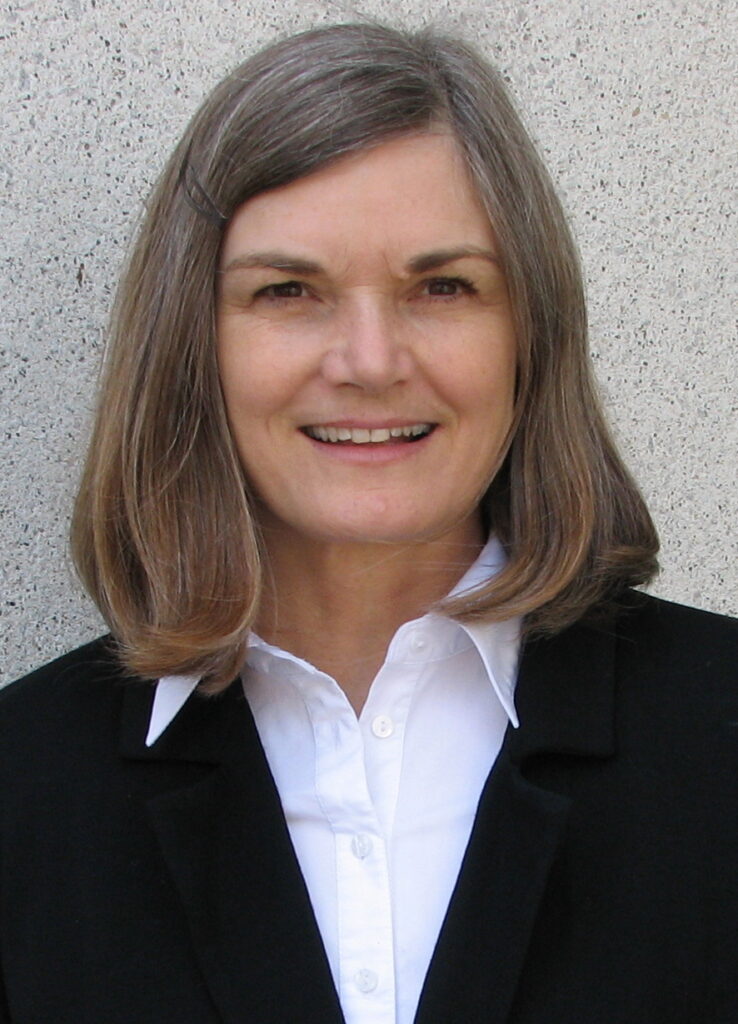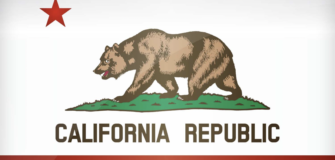The Only Five Times A California Green Has Advanced to the General Election Under Restrictive Top Two Elections
Share
Top two elections have had a decimating affect on minor party candidates’ ability to appear on the general election ballot. As a result, only five California Greens have advanced to a November General Election for state or federal office under restrictive top two elections. Here is who they are and how they got on the General Election ballot:
2022: Michael Kerr, U.S. House of Representatives (D-10)
Kerr finished in the top two as one of only two candidates on the June 7, 2022 primary ballot, finishing second with 22,210 votes (14.9%.)
Originally Kerr, incumbent Democrat Mark DeSaulnier and Republican Oleksii Chuiko all apparently successfully filed for the ballot, in the newly drawn 10th Congressional district. However before the ballots were printed, Chuiko was ruled ineligible to run by the Secretary of State, leaving only Kerr and DeSaulnier on the ballot. Another Republican did run as write-in candidate in the June primary, but only received 1%.
Kerr will now appear on the November General Election ballot in a two-way race vs. DeSaulnier.
2020: Margaret Villa, State Assembly (D-58)
Villa finished in the top two as one of only two candidates on the March 3, 2020 primary ballot, finishing second with 16,295 votes (22.7%.)
Only Villa and incumbent Democrat Christina Garcia filed for the primary election ballot.
Villa went on to receive 41,100 votes (25.10%) vs. Garcia in the November 2020 General Election.

2018: Rodolfo Cortez Barragan, US House of Representatives (D-40)
Cortez Barragan finished in the top two as one of only two candidates on the June 5, 2018 primary ballot, finishing second with 8,741 votes (19.7%) of the vote against incumbent Democrat Lucille Royball-Allard.
In the November 2022 General Election, Cortez Barragan went on to received 27,511 votes (22.7%) – the fourth highest percentage ever for a U.S. Green in a two-way Congressional race.

2018: Kenneth Mejia, US House of Representatives (D-34)
Mejia finished in the top two by finishing second with 12.9% on the June 5, 2018 primary ballot, in a three way race against incumbent Democrat Jimmy Gomez (78.7%) and Libertarian Angela McArcde (8.4%), with no Republican in the race.
Mejia went on to received 41,711 votes (27.5%) in the November 2022 General Election – the second highest percentage ever for a U.S. Green in a two-way Congressional race.
2018: Laura Wells, US House of Representatives (D-13)
Wells finished in the top two by finishing second after receiving 832 votes (0.5%) — the most write-in votes among five write-in candidates in the June 5, 2018 primary, as only incumbent Democrat Barbara Lee had successfully filed for the ballot.
Wells went on to receive 34, 257 votes (11.6%) vs. Lee in the November 2018 General Election.
Top Two’s Effect on Minor Party candidates – excerpted from “#RepealTopTwo – Green US House candidate Michael Kerr becomes only fifth California Green to make it onto the November ballot since top two elections were put in place in 2012“
Prior to top two elections being enacted in California in June 2010 (via Proposition 14), each ballot-qualified party held a primary election, and the winner was guaranteed a place on the November general election ballot as the party’s nominee, like in most of the rest of the United States.
But under top two elections – in place only in California and Washington state, party primaries are eliminated and voters are limited to only two General Election choices – the top two finishers in a ‘jungle’ primary, where all candidates from all parties (and all independents) appear on the same ballot. Since 2012 when top two elections went into effect, no minor party candidate for state or federal office has advanced to a general election when there is both a Democrat and a Republican running in the primary; and only once has a minor party candidate advanced when there were two members of one major party but none from the other (see attachment #3). That’s one in ten years.
The only other times minor party candidates have advanced to a general election are rare cases when only one Democrat or Republican files for the primary, effectively leaving second place up for grabs. In these cases, sometimes a single minor party candidate may be the only other candidate to file, and they both advance. Other times multiple minor party candidates and independents file and effectively compete for second place. Still other times, if no other candidate but a single major party candidate filed, minor party candidates (and others) may run as write-ins seeking the second place.
How has this affected the Green Party of California (GPCA)? Prior to top two, for the ten general elections between 1992 (when the GPCA qualified for the ballot) and 2010 —133 Greens appeared on the General Election ballot for state and federal office, an average of 13.3 per cycle. In the five subsequent General Elections under top two (2012-2022), only five Greens in total will have appeared on the General Election ballot, an average of only one per cycle.
Among California’s other legacy minor parties in California, only four Peace and Freedom Party candidates and three Libertarians have appeared on General Election ballots under top two, and none from the American Independent Party.
Without being on the General Election ballot because of two two, when the largest number of voters are paying attention and participating, minor parties in California have ballot status mostly in name only, but not in practice.










